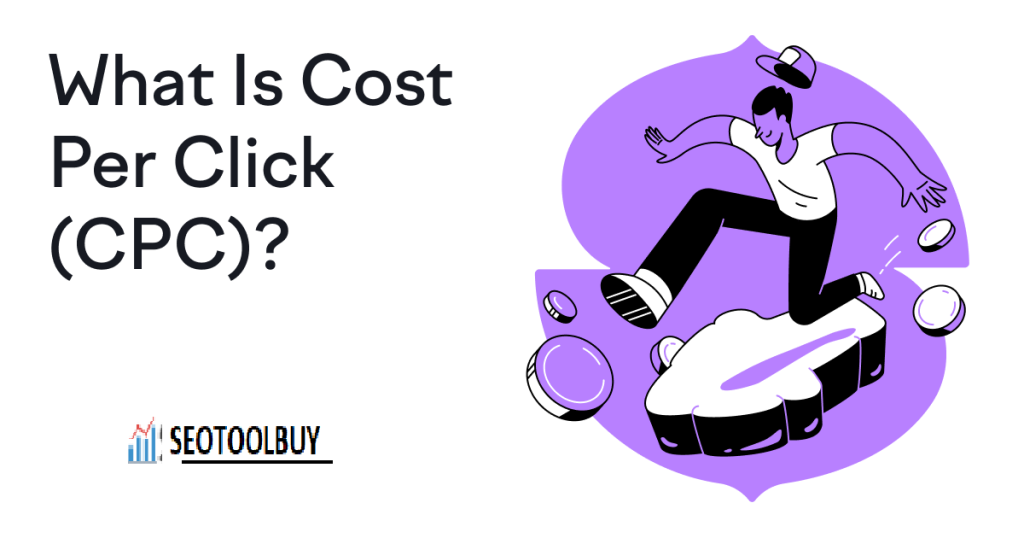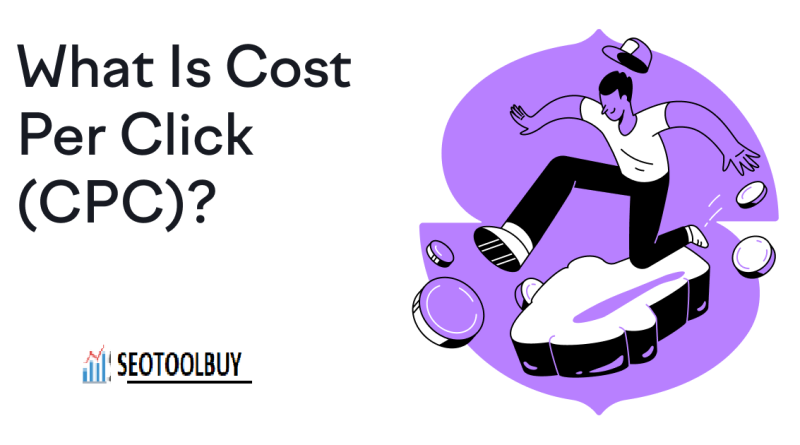Benefits of the Cost Per Click Advertising (CPC) Model

The key to successful performance of any online business is to find a source for highly targeted audiences
and getting as many potential customers as possible at the lowest price.
In most cases, cost per click advertising would perfectly suit the method for achieving this goal and attracting relevant
visitors to any website at a very affordable price per visitor and on very beneficial conditions.
Cost-per-click advertising (also called CPC advertising, pay-per-click advertising or PPC advertising) is an Internet advertising model where you pay for individual clicks on your ad. It is a very good alternative to the CPM model (a model where you pay per 1,000 impressions).
The CPM model doesn’t even guarantee that users have seen your ad
it just means that your ad was displayed somewhere on a page.
This can lead to very unpleasant situations where you have to pay for impressions even
if you get zero visitors to your website. The CPM model is very beneficial for publishers, but is not always attractive for advertisers.
Therefore a new model of CPC marketing was introduced at some point.
This model is very transparent, fair and beneficial for both publishers and advertisers. Advertisers now pay only for visitors to their websites,
and publishers earn money only if they send relevant visitors to the websites of their advertisers. The CPC advertising model makes advertisers feel safer and motivates webmasters to drive visitors to their advertisers’ websites.
The CPM model will suit you well if you want to improve your brand recognition or
deliver a message to as many users as possible with no intent of getting them to your website. In this case, we can even say that the quantity of users is more important here rather than the quality.
But if you need to get as many potential customers as possible to your website for immediate sales,
this task can be solved with a CPC model.
Cost-per-click advertising is also easy to apply if you measure and calculate an acceptable cost per conversion level and ROI.
With CPC, there are two primary models available: flat-rate CPC and bid-based CPC. In a flat-rate model, the advertiser and the publisher agree upon some fixed cost per each click in advance. The most popular form of the bid-based CPC advertising is Google AdWords. With this model, the advertiser sets the maximum cost per click that they can afford. This amount considerably affects the so called “Quality Score” in Google.
The higher your bid and your Quality Score are the higher
the chance your ads will be displayed on the Internet.
Each time before displaying an ad, the system runs an internal auction and displays ads
that have passed its quality control and have a high enough bid amount. the Cost Per Click Advertising (CPC) Model.
Of course, the CPC model is not perfect and has its weak points. For instance, there is a problem with click fraud. This is a situation where corrupt webmasters or
your competitors click your ads many times so that you suffer losses or think that your ad campaigns are ineffective and switch them off.
Google and other companies who deal with CPC advertising have developed
sophisticated automated systems to guard against such clicks and prevent click frauds.
CPC is still one of the safest ways to get a targeted audience because it has a high level of flexibility, accountability and control.



Wow, superb blog structure! How long have you been blogging for?
you made blogging look easy. The entire look of your website is excellent, as neatly as the content material!
You can see similar here najlepszy sklep
czQbsnEhtRAPTa